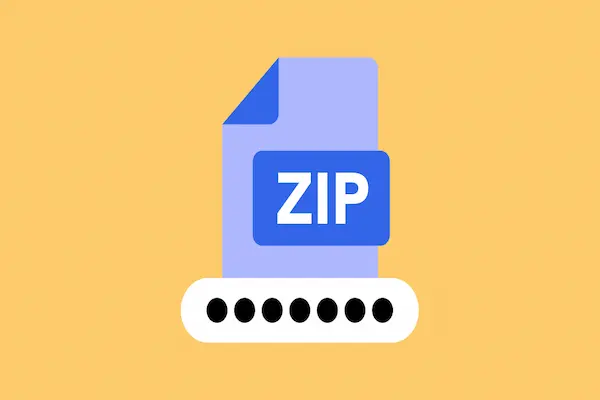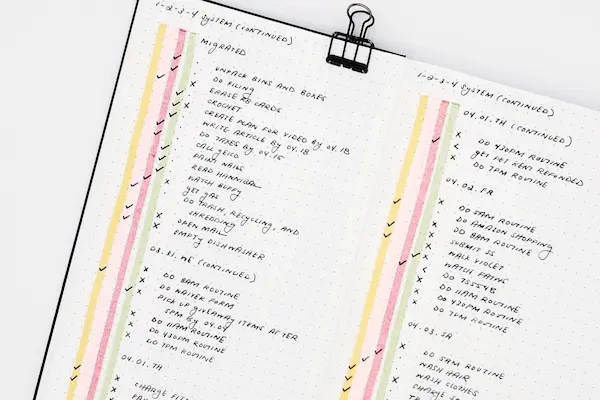Use timers for study with proven durations, simple tools.
Smarter breaks and routines that boost focus and memory
How use timers for study: What is how to use timers for study and why it works
Using a timer sets a clear start, a clear stop, and a promise to focus until the bell rings.
The short window lowers resistance to starting because the commitment feels small and specific.
Attention grows because the brain treats a timed block as a single task rather than a drifting session.
Breaks are protected by the clock, which reduces fatigue and prevents endless scrolling or overwork.
Consistency improves as each day adds repeatable blocks that are easy to schedule and track.
A timer becomes a gentle external coach that turns intention into action without extra apps or complexity.
Core principles that guide every session
A block should contain one goal stated in plain language so success is binary at the end.
The clock should be visible or audible but not distracting, and the device should stay in do-not-disturb.
Breaks must be true breaks away from the desk so the next block begins with fresh capacity.
Review after each block captures wins, obstacles, and the next micro-target in a single line.
Small frictions are removed before starting, such as opening the book, queuing pages, and laying out notes.
The routine repeats enough times per week to become automatic rather than a decision.
How use timers for study: Choosing a simple timing model
Classic Pomodoro uses 25 minutes on and 5 minutes off for four cycles, then a longer break.
Focus sprints use 40–50 minutes on and 10 minutes off for deep reading or problem sets.
Microbursts use 10–15 minutes when motivation is low or tasks are tiny but important.
Any model works if the student starts on time, protects the break, and logs a short reflection.

Setting goals and task granularity
Granular goals reduce ambiguity so the timer measures output rather than time spent.
A reading block might target “pages 21–34 and margin notes” instead of “read Chapter 2.”
A practice block might target “five derivative problems” instead of “do calculus.”
A writing block might target “outline three bullet points” instead of “work on essay.”
Clear scope prevents context switching mid-block and makes progress visible at a glance.
Over time the student learns realistic block sizes for each course or task type.
How use timers for study: Pre-flight checklist for crisp starts
Pick a single target and write it at the top of the page.
Silence notifications and place the phone face down or in another room.
Open the textbook, document, or problem set on the exact starting point.
Lay out pen, scratch paper, and highlighter so hands never hunt for tools.
Start the timer and begin immediately, even if the first minute feels messy.
Choosing durations and smarter breaks
Short blocks favor memory and fast starts, while long blocks favor synthesis and problem solving.
Most students thrive with 25–30 minutes for dense reading and 40–50 for exercises or writing.
Breaks of 5–10 minutes restore energy without dissolving momentum into procrastination.
Standing, stretching, drinking water, and looking far away reset posture and vision quickly.
A longer pause of 15–25 minutes after three or four blocks keeps burnout away on heavy days.
Duration is personal, but the rule is constant—protect both the focus window and the recovery window.
How to use timers for study: calibrating based on feedback
If attention frays before the bell, shorten the next block by five minutes.
If tasks end early, add a small challenge such as one bonus problem or a quick summary.
If blocks run long, split the task into two passes rather than dragging a single cycle.
No-app tools that work anywhere
A kitchen timer clicks on and off with zero setup, and the sound is unmistakable.
An analog wristwatch with a rotating bezel marks the stop time at a glance.
A simple phone alarm works if notifications are silenced and the screen stays out of reach.
A paper tally marks completed blocks so progress remains visible without a dashboard.
A desk bell or vibration alarm keeps shared spaces quiet while preserving the cue to stop.
Low-tech choices reduce friction and make the habit portable to the library or a café.
Preventing device distraction
Use airplane mode or focus mode so the timer runs without messages.
Keep tempting apps off the home screen or behind a separate user profile.
Place the phone out of arm’s reach so the break must be intentional to check it.
Subject-specific routines that fit the work
Reading dense text benefits from shorter blocks with active note-making and margin questions.
Problem sets benefit from longer blocks with scratch work and a two-pass strategy.
Language study benefits from mixed blocks that rotate listening, speaking, and recall drills.
Writing benefits from alternating blocks—outline, draft, and edit—so each pass has a single purpose.
Lab reports benefit from blocks that separate methods, results, and discussion into clear steps.
Humanities essays benefit from quote-harvesting blocks that gather evidence before drafting.
Sample daily plan using three models
Start with a 15-minute microburst to overcome inertia and outline the day.
Run two 40-minute focus sprints for reading and notes with 10-minute breaks.
Finish with a 25-minute Pomodoro for retrieval practice and flashcards.
Reducing context switching and friction
A single sticky note lists the next two blocks so decisions do not steal focus.
Materials for the current course stay on the desk while others remain closed.
A parking lot line captures off-topic ideas to review during the break, not during the block.
Visual clutter is minimized so the desk cues the brain to one task only.
Rules for interruptions are agreed with roommates or family before the session starts.
The break is the inbox for messages and logistics, never the middle of a block.
Using cues that prime the brain
A small countdown ritual—two deep breaths and a pencil tap—signals “focus begins.”
Light background noise without lyrics can mask distractions if it remains consistent.
A familiar seat and time of day reduce decision fatigue and anchor the habit.
Tracking, reflection, and adjustments
A tiny log after each block records target, result, obstacles, and the next step.
Weekly review totals completed blocks per course and spots bottlenecks early.
Patterns reveal ideal durations for each task type, improving future plans.
Reflections capture friction sources like unclear prompts or missing formulas.
Adjustments follow the data, not the mood, so the routine evolves with the semester.
Tracking remains lightweight so it never becomes a new procrastination tool.
How use timers for study: Metrics that matter
Count completed blocks, not hours, to reward consistency over cramming.
Track recall scores on self-quizzes to validate whether blocks translate to memory.
Record energy level at the start of each block to schedule hard work at strong times.
Memory, retrieval, and exam prep
Blocks for retrieval practice outperform passive rereading for long-term recall.
Short quizzes, free-recall summaries, and flashcards fill focused windows efficiently.
Interleaving topics in adjacent blocks strengthens flexibility and problem transfer.
Spaced review spreads blocks over days so memory consolidates without burnout.
Exam simulations use longer blocks with mixed question types and timed constraints.
A gentle “error log” feeds the next plan so weaknesses receive more cycles.
How use timers for study: Sample exam-week cadence
Morning uses two 40-minute blocks for practice questions and review.
Afternoon uses three 25-minute blocks for memorization and formula drills.
Evening uses one 50-minute block for a full section under time pressure.
Accessibility, health, and ergonomics
Timers help students with ADHD by externalizing time and reducing task size.
Clear audio or vibration cues support students with low vision or in shared rooms.
Breaks encourage movement, eye rest, and hydration to preserve stamina.
A neutral chair height and screen position reduce strain during longer sprints.
Hand stretches and posture resets fit inside five-minute breaks without equipment.
Sleep and daylight anchor the routine so cognitive load stays available for learning.
How use timers for study: Inclusive variations
Visual timers with shrinking color bands support time perception at a glance.
Braille or tactile timers provide non-audio cues for quiet environments.
Collaborative blocks with shared bells align group study without constant chatter.
Common mistakes and quick fixes
Letting breaks expand becomes the silent habit that dissolves momentum.
Fix by setting the bell for the break too and standing up as soon as it rings.
Cramming many tasks into one block fragments attention and invites failure.
Fix by rewriting the target in one line and parking extras for later blocks.
Moving the stop time teaches the brain that rules are optional.
Fix by ending on the bell and scheduling another block if truly needed.
Checking messages “for a second” restarts context switching and costs minutes.
Fix by placing the device away and batching all messages during breaks.
Skipping review erases learning about what duration actually works.
Fix by logging one sentence and choosing the next micro-target before leaving the desk.
How to use timers for study: troubleshooting stubborn sessions
If a block will not start, use a three-minute countdown to begin with the easiest step.
If energy is low, swap order so a favorite subject warms up the brain before a tough one.
If distractions persist, move to a quieter space and restart a shorter block immediately.






